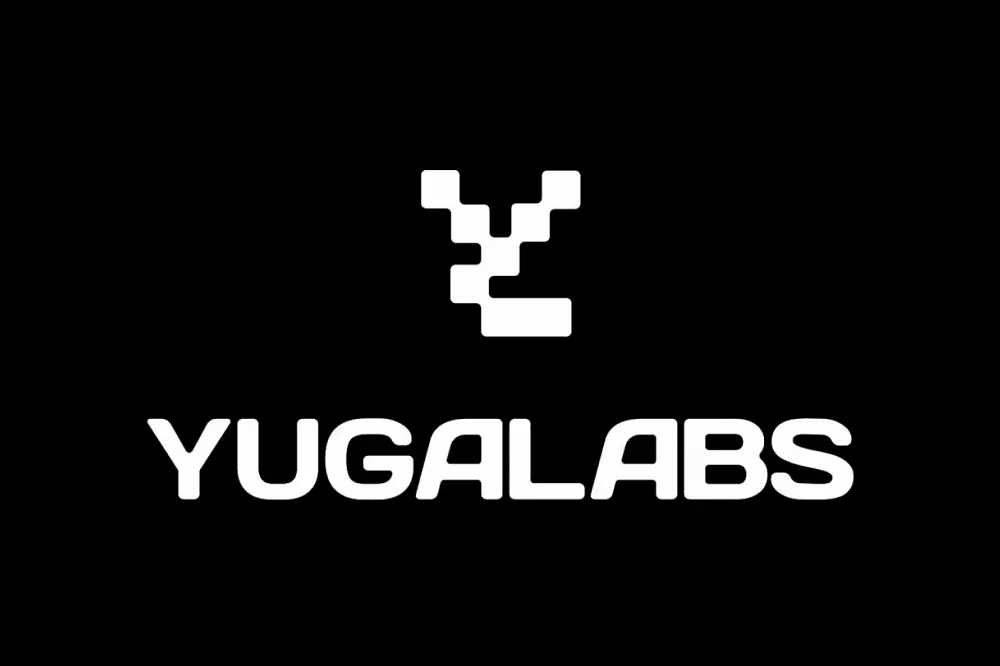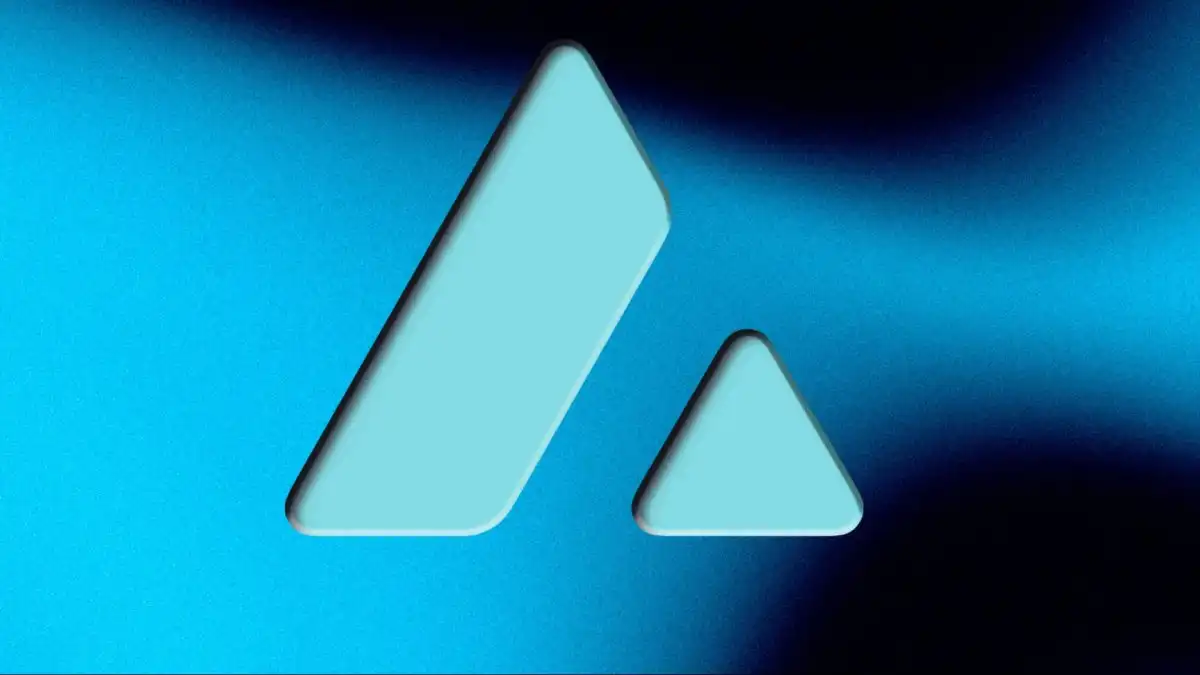- VeChain has launched the Galactica Testnet, introducing four major upgrades to enhance blockchain performance and prepare for the mainnet launch in Q2 2025.
- These updates include dynamic fee mechanisms, improved transaction processing, and better Ethereum interoperability, setting the stage for future advancements.
VeChain has officially launched the Galactica Testnet as part of its Renaissance roadmap, marking the beginning of a new phase in blockchain evolution. With the anticipated mainnet launch scheduled for Q2 2025, the Galactica Testnet introduces several significant upgrades aimed at enhancing VeChainThor’s performance. These upgrades are set to transform both the technological and economic landscapes of VeChain.
A New Era for VeChain: The Galactica Testnet
The Galactica Testnet allows developers to experiment with new features and functionalities before their full implementation on the VeChain mainnet. This initiative is vital in preparing for the upcoming mainnet launch in the second quarter of 2025. It provides a secure and controlled environment to test transactions, smart contracts, and various blockchain applications in real-life settings.
Also read: VeChain Ecosystem Milestone: Shanghai Tanlian Earns National Enterprise Recognition
The testnet represents the first step in a broader, multi-phase strategy aimed at optimizing the VeChain ecosystem. These updates will set the foundation for future advancements under the Hayabusa and Interstellar phases, which will bring even more transformative changes to the blockchain. Notably, the Galactica Testnet operates separately from the traditional testnet and will undergo regular resets. This means developers working on long-term projects should rely on the default testnet for stability, while still taking advantage of Galactica’s testing features.
Four Key Upgrades Introduced with Galactica
The Galactica Testnet introduces four major VeChain Improvement Proposals (VIPs), all designed to improve transaction efficiency, smart contract usability, and Ethereum interoperability. These updates are the most significant changes to VeChain since the VeChainThor mainnet’s initial launch in 2018.
- VIP-251: A Dynamic Fee Mechanism Modeled after Ethereum’s EIP-1559, VIP-251 introduces a dynamic fee structure. This mechanism adjusts the base fee per block based on network demand, enabling users to pay priority fees for faster transactions. The process also reduces the overall token supply by burning a portion of the fees.
- VIP-252: Enhanced Transaction Processing VIP-252 streamlines transaction processing by implementing a standardized structure, allowing VeChainThor to better identify and execute various types of transactions. This enhancement ensures backward compatibility, making contract execution smoother and more efficient.
- VIP-242: Improved Ethereum Virtual Machine (EVM) Synchronization VIP-242 aligns VeChainThor’s EVM with Ethereum’s Shanghai upgrade, boosting interoperability with Ethereum-based tools. This update enables developers to easily port Ethereum applications to VeChain, facilitating a seamless experience for building decentralized applications (dApps) on the platform.
- VIP-250: Extension Contracts and Method Enhancements VIP-250 extends contract functionality, offering methods to retrieve total clauses and current indices from transactions. This update simplifies contract execution, reducing development time and improving interaction efficiency.
A Roadmap for 2025 and Beyond
The release of the Galactica Testnet is just the beginning of VeChain’s transformation. As part of its Renaissance program, VeChain has outlined a comprehensive roadmap extending through 2025. Following the Galactica upgrade, the platform will introduce new economic node levels and redefined tokenomics in Q2 2025. The Hayabusa phase, set to launch in




